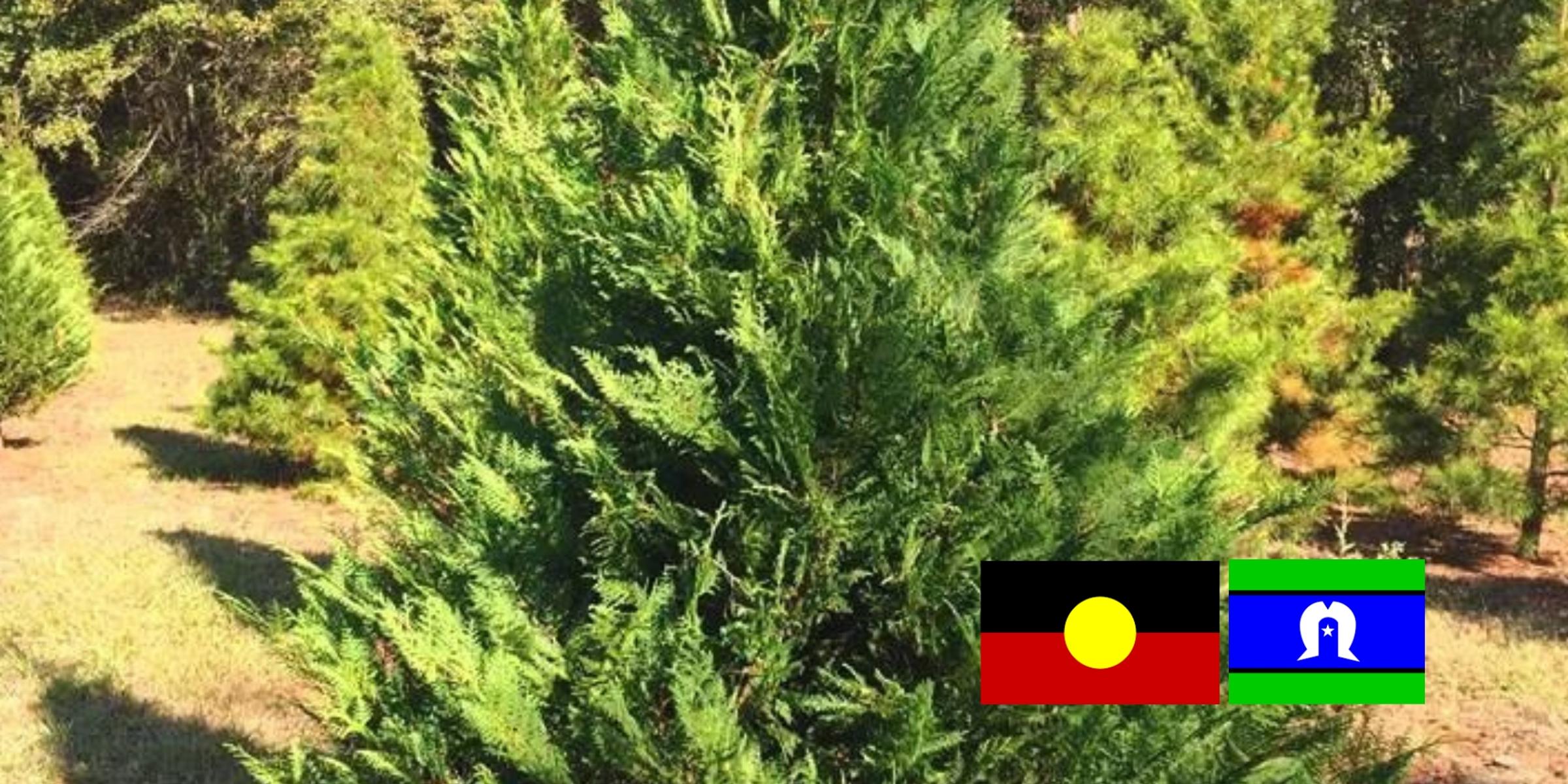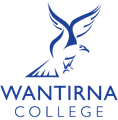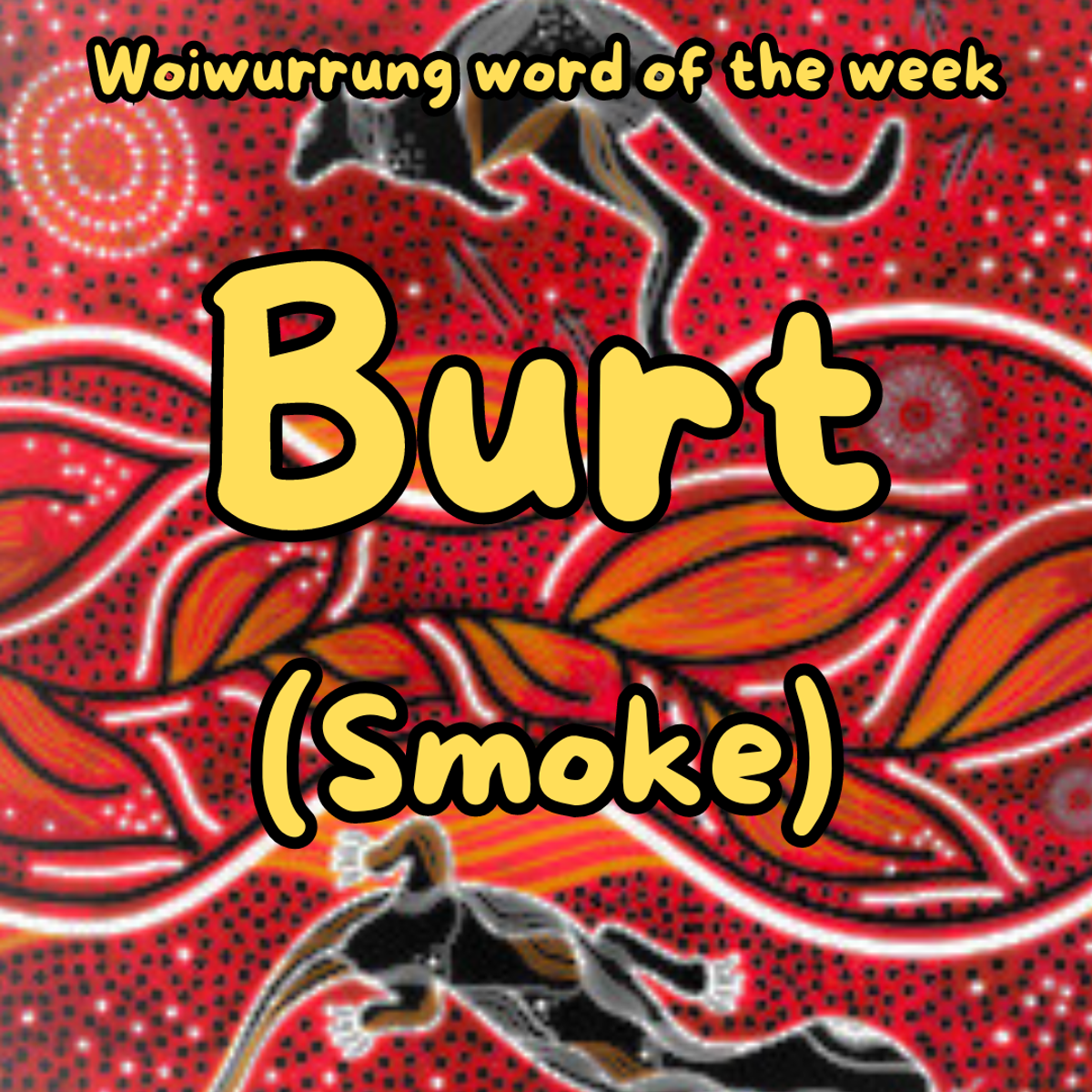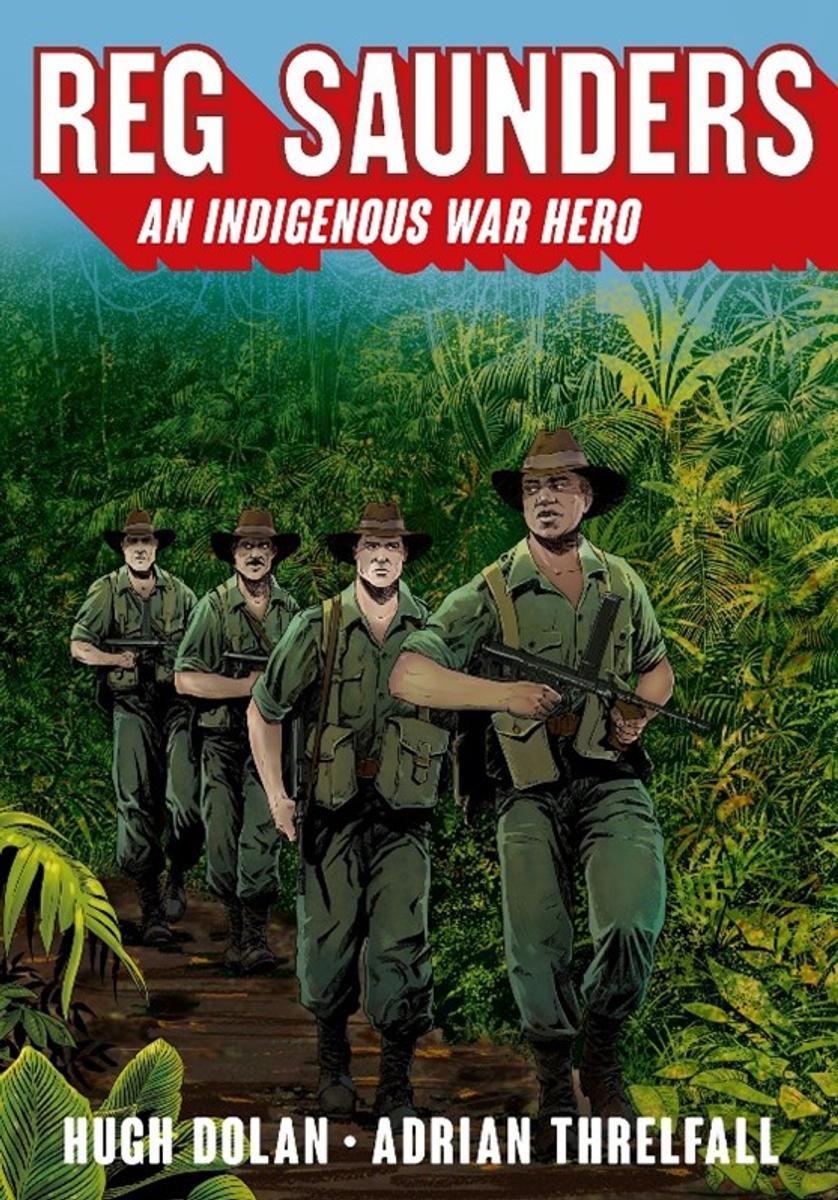Marrung News

Aboriginal and Torres Strait Islander readers are advised that this website may contain images, voices and names of deceased persons.
Smoking Ceremony for the start of Construction
On Tuesday 16 April, we were privileged to host a smoking ceremony to honour and extend our commitment to caring for and respecting the land on which our new basketball stadium and performing arts building is being developed on.
A Welcome to Country and smoking ceremony is an important Indigenous ritual practice usually lead by an elder or spiritual leader that involves burning native plants, such as eucalyptus, to produce smoke. Thane Garvey Gannaway, the Wurundjeri man from Wurundjeri Tribe Land Corporation who conducted the ceremony, spoke about the steam from the eucalyptus leaves serving both a spiritual purpose to cleanse, purify and ward off negative energies and spirits, as well as having many physiological and medicinal benefits in clearing congestion. Thane also explained that engagement in ceremony enhances connection to land and culture, promotes environmental justice and Indigenous sovereignty, and serves to mark significant life and community events, empowering future Indigenous generations and providing an opportunity for non-Indigenous observers to learn.
Wantirna College will continue to work with the Wurundjeri Tribe Land Council to find a name in language for our new buildings.
For more information about Indigenous ceremonies, you might like to have a look at the following resources:
ABC Australia– Wurundjeri Elder Aunty Di opened NAIDOC week in 2022 with this traditional smoking ceremony and welcome to country. For those that were unable to attend Wantirna College’s smoking ceremony, this video provides a great opportunity to visualise the process.
Deadly Story– Outlines and describes various ceremonies that are crucial to Indigenous culture.
Wurundjeri Woi Wurrung Cultural Heritage Aboriginal Corporation– Explains the process of a smoking ceremony specifically on Wurundjeri land.
Victorian Government - State government’s website - dedicated to explaining what a Welcome to Country is.
First Nations representation in our ANZAC history
ANZAC Day is a time in which we commemorate those who fought and lost their lives in wars. This ANZAC Day we would like to honour and pay our respects to all First Nations service people – the all too often forgotten veterans.
The contributions of Aboriginal and Torres Strait islander service people to Australian war efforts is not always recognised fully. This community was not legally permitted to join the armed force in the early 1900s and the cultural backgrounds of the Australian Defence Force (ADF) members were not recorded until more recently.
From the information available, we know that over 1000 First Nations people served in World War I with 3000 Aboriginal and 850 Torres Strait Islander people serving in World War II. In both World Wars, Aboriginal and Torres Strait Islander people had the highest participation rate in proportion to the population of Australia. This was despite facing discriminatory policies including disparity in pay or conditions compared to their non-Indigenous counterparts, acquiring as little as one third of the pay of other soldiers. They were also not permitted to enter RSLs upon returning from the war, and they did not have access to a pension. First Nations service people were not recognised as citizens until 1968, 23 years after WWII ended.
Aunty Oodgeroo Noonaccal
Despite the oppression experienced by First Nations service people, they continued to make incredible contributions to our communities, and so we would like to highlight the story of Aunty Oodgeroo Noonuccal, a Quandamooka and Peewee woman. Her name means ‘paperbark tree’, her totum was Kabool, the carpet snake, and she possessed a strong connection to her culture and the sand and water of her Country.
Aunty Oodgeroo enlisted in the Australian Women’s Army Service (AWAS) when she was 21 years old after her brothers were captured by Japanese forces. She found that the AWAS was the only place where she could gain an education, by stating that “in fact there were only two places where an Aboriginal could get an education, in jail or the Army and I didn’t fancy jail”.
After WWII, Aunty Oodgeroo began her career as a political activist, poet and environmentalist. She was the first Aboriginal poet in Australia to be published; she was a prominent figure in supporting the 1968 Referendum, which recognised the rights of First Nations people as citizens, not ‘flora and fauna.’ Later in her life, she went back to teach her culture and about her Country to visitors.
For more information about Aunty Oodgeroo Noonuccal’s story, consider reading thisarticle.
If you would like to know more about First Nations service people, check out the ‘Australian War Memorial’ website for insightful information regarding their history and experiences.
Woiwurrung Word of the Week
Deadly Reads
Reg Saunders: An Indigenous War Hero by Hugh Dolan and Adrian Threlfall
If you would like to pick up a copy of the book, please speak to one of our Library staff.
Deadly Beats
We understand that song and dance are important aspects of Aboriginal culture and identity, used in storytelling and ceremony for tens of thousands of years, and so hope to use this platform to share some of the Aboriginal and Torres Strait musicians we admire most.
Support Services
Please download the attachment for Knox Network/Victorian Indigenous Support Services and don't hesitate to contact us for further information.
Ashleigh Bibby
Leader of Wellbeing
Nick Elliott
Marrung Leading Teacher



